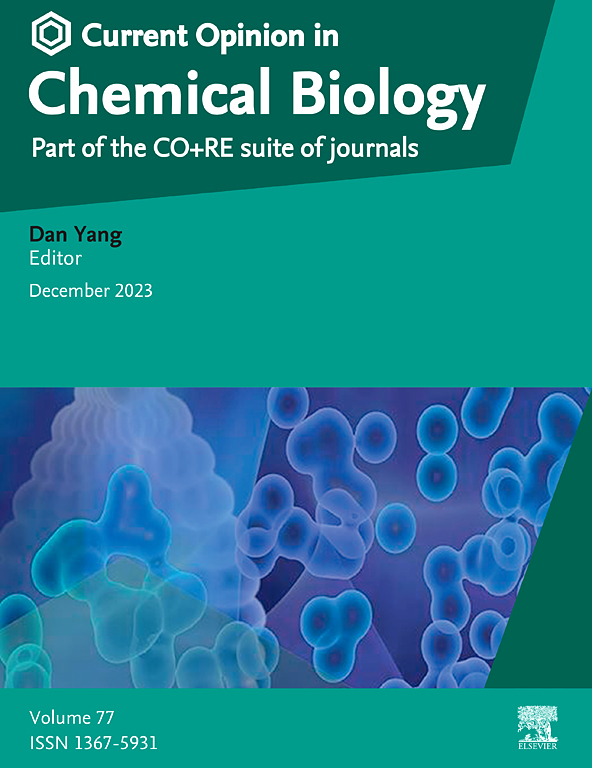从自然和工程光合内共生系统的分子和生化见解
IF 6.1
2区 生物学
Q1 BIOCHEMISTRY & MOLECULAR BIOLOGY
引用次数: 0
摘要
线粒体和叶绿体通过在宿主细胞内建立的细菌内共生体的转化而进化。对这些细胞器的研究提供了与这种显著的进化转变有关的几种系统发育和生化见解。此外,自然存在的内共生生物和当今的细胞器之间的比较研究使我们能够确定内共生进化的重要共同特征。在这篇综述中,我们讨论了光合内共生系统的特征,特别关注了随着内共生体/宿主嵌合体的进化和将内共生体转化为细胞器而发生在内共生体和宿主体内的一些有趣的分子变化;这些包括以下内容:(i)内共生体基因组最小化和宿主/内共生体基因转移,(ii)蛋白质输入/输出系统,(iii)内共生体之间的代谢串音,(iv)内共生体肽聚糖的改变,以及(v)宿主控制的内共生体/细胞器的复制。我们在自然存在的光合内共生系统和当今的叶绿体的背景下讨论这些标志。此外,我们还简要讨论了实验室在设计光合细菌与宿主细胞之间的内共生方面所做的努力,从这些研究中获得的经验教训,这些研究的未来方向,以及它们对进化生物学和合成生物学的影响。本文章由计算机程序翻译,如有差异,请以英文原文为准。
Molecular and biochemical insights from natural and engineered photosynthetic endosymbiotic systems
Mitochondria and chloroplasts evolved through the transformation of bacterial endosymbionts established within the host cells. Studies on these organelles have provided several phylogenetic and biochemical insights related to this remarkable evolutionary transformation. Additionally, comparative studies between naturally existing endosymbionts and present-day organelles have allowed us to identify important common features of endosymbiotic evolution. In this review, we discuss hallmarks of photosynthetic endosymbiotic systems, particularly focusing on some of the fascinating molecular changes that occur in the endosymbiont and the host as the endosymbiont/host chimera evolves and transforms endosymbionts into organelles; these include the following: (i) endosymbiont genome minimization and host/endosymbiont gene transfer, (ii) protein import/export systems, (iii) metabolic crosstalk between the endosymbiont, (iv) alterations to the endosymbiont peptidoglycan, and (v) host-controlled replication of endosymbionts/organelles. We discuss these hallmarks in the context of naturally existing photosynthetic endosymbiotic systems and present-day chloroplasts. Further, we also briefly discuss laboratory efforts to engineer endosymbiosis between photosynthetic bacteria and host cells, the lessons learned from these studies, future directions of these studies, and their implications on evolutionary biology and synthetic biology.
求助全文
通过发布文献求助,成功后即可免费获取论文全文。
去求助
来源期刊

Current Opinion in Chemical Biology
生物-生化与分子生物学
CiteScore
13.30
自引率
1.30%
发文量
113
审稿时长
74 days
期刊介绍:
COCHBI (Current Opinion in Chemical Biology) is a systematic review journal designed to offer specialists a unique and educational platform. Its goal is to help professionals stay informed about the growing volume of information in the field of Chemical Biology through systematic reviews.
 求助内容:
求助内容: 应助结果提醒方式:
应助结果提醒方式:


